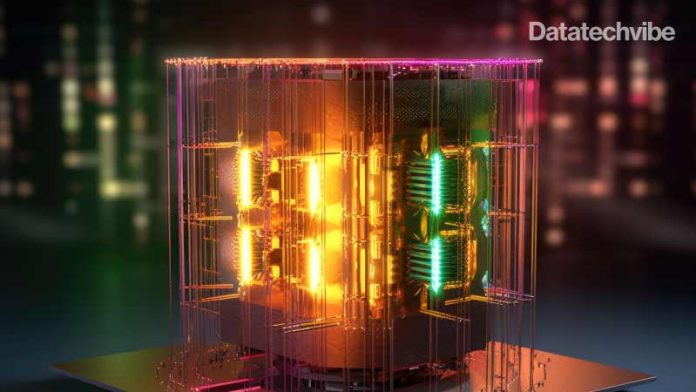XeedQ specialises in quantum computers that use diamond-based spin qubits.
Quantum computing company XeedQ has installed its so-called Baby Diamond quantum computer at Goethe University in Germany.
The system is housed on the university’s Bockenheim campus and will support research into quantum mechanics and computation.
The five-qubit machine is an XQ1 system from XeedQ’s XQ series. On its website, XeedQ describes the XQ1 as “the first multi-qubit mobile quantum processor that is room-temperature operable, energy-efficient, green, and… affordable.”
Baby Diamond’s name relates to its component parts which contain a small synthetic diamond, commonly found in industrial applications, in which nitrogen atoms are embedded and can induce a defect that can be used as a central qubit.
This enables the quantum computer to operate efficiently at room temperature, making the system more energy efficient, as it eliminates the need for complex and costly cryogenic cooling systems.
The system’s installation forms part of a program operated in collaboration with the NHR Alliance – a German network of high-performance computing (HPC) centres – which will see Goethe University establish infrastructure to support the integration of quantum computers with HPC systems.
“Delivering ‘Baby Diamond’ to Goethe University is a major step in our vision to democratise quantum computing,” said Dr Gopalakrishnan Balasubramanian, CEO of XeedQ. “We’re breaking down technological barriers to make quantum solutions accessible and impactful for a diverse range of industries and applications. I am particularly pleased that this system will be utilised for educational purposes and research, empowering the next generation of quantum scientists and engineers.”
Founded in 2021 and based in Leipzig and Ulm in Germany, XeedQ specialises in quantum computers that use diamond-based spin qubits.
In December 2022, the company was awarded a €30 million ($32m) grant by the Quantum Computing Initiative of the German Aerospace Center (DLR) to develop a scalable quantum computing technology that could deliver a 32-qubit, fault-tolerant quantum computer by 2026.









